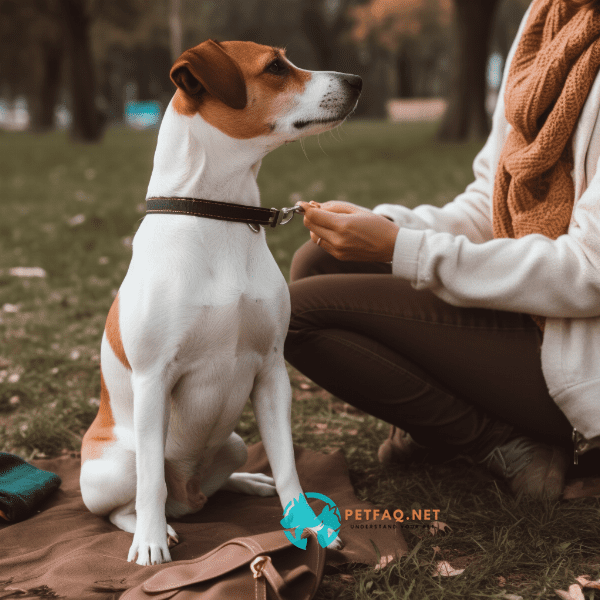Professional dog training involves a range of different methods and techniques designed to teach dogs new behaviors, modify unwanted behaviors, and strengthen the bond between dogs and their owners. Here are some of the most common methods of professional dog training:
1. Positive Reinforcement Training: This method involves rewarding dogs for good behavior and ignoring or redirecting them for undesirable behavior. Rewards can include treats, praise, and play, and the goal is to create positive associations between desired behaviors and positive outcomes.
2. Clicker Training: Clicker training is a type of positive reinforcement training that uses a clicker, a small handheld device that makes a clicking sound, to mark desired behaviors. The dog learns to associate the sound of the clicker with the reward and begins to offer the desired behaviors more consistently.
3. Electronic Collar Training: Electronic collar training uses a collar that emits an electronic signal to deliver a corrective stimulus to the dog. This method is controversial, as it can be misused and lead to harm or discomfort for the dog. However, when used correctly and with professional guidance, electronic collar training can be an effective way to train dogs for specialized tasks, such as hunting or working with law enforcement.
4. Behavior Modification Training: This method is used to modify unwanted behaviors in dogs, such as aggression, fear, or separation anxiety. It typically involves a combination of positive reinforcement techniques, desensitization, and counter-conditioning to help the dog learn new, more desirable behaviors and responses to certain triggers.
5. Relationship-Based Training: This method focuses on strengthening the bond between dog and owner by using positive reinforcement, play, and other techniques to build trust and communication. Relationship-based training can be especially effective for puppies and young dogs, as it helps establish a strong foundation for lifelong learning and behavior.
In conclusion, professional dog training encompasses a range of different methods and techniques, each with its own strengths and weaknesses. The most effective method will depend on the individual dog’s needs and temperament, as well as the specific goals of the training. By working with a professional dog trainer, owners can identify the best approach for their dog and develop a customized training plan that takes into account the dog’s unique needs and learning style.
Read more:The Benefits of Professional Dog Training

Related Questions
- How do you potty train a puppy as part of obedience training?
- How can I teach my dog to not pull on the leash during walks?
- What are some free tips for teaching my dog to not bark excessively?
- How can you train a hunting dog to work with other dogs and hunters in the field?
- Canadian Working Dog Federation (CWDF): This organization offers Schutzhund/IPO/IGP titles and competitions for several breeds in Canada.
